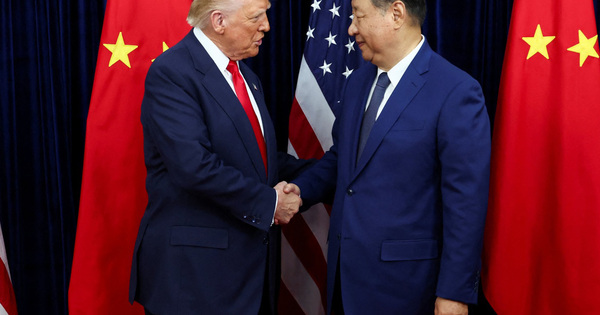Rare-earth concerns shape new US-China trade dynamics: GTRI
New Delhi [India], October 30 (ANI): Growing fears over the global supply of rare-earth elements emerged as a key factor behind the trade deal between the US and China, which was confirmed by President Donald Trump on Thursday, according to an analysis by the Global Trade Research Initiative (GTRI).
The report highlights that the agreement reflects Washington’s mounting concern over vulnerabilities in semiconductor and electronics production.
Rare-earth minerals are essential to chipmaking and clean-energy technologies, areas where Chinese dominance leaves the US exposed.
Beijing, however, understands that America’s dependence extends far beyond rare-earths–to green-energy inputs, pharmaceutical ingredients (APIs), and mass-market consumer goods–giving China multiple levers of influence even after tariff cuts, the analysis added.
US President Donald Trump and Chinese President Xi Jinping, on October 30, 2025, agreed to a limited trade pact in Busan.
Washington will cut tariffs on Chinese goods by 10 per cent, reducing the so-called ‘fentanyl-related’ import duty from 20 per cent to 10 per cent.
US tariffs on Chinese imports after the trade deal will stand at 47 per cent, which was earlier 57 per cent.
In exchange, Beijing committed to buy more of US agricultural products–particularly soybeans, America’s largest farm export valued at USD 24.5 billion in 2024–and to continue exports of rare-earth minerals for at least a year.
According to the GTRI data, China’s exports to the US rose from USD 28.8 billion in May 2025 to USD 34.3 billion in September 2025, underscoring no impact of US tariffs.
‘Weak domestic manufacturing and persistent Chinese cost advantages have kept American buyers reliant on Chinese supply,’ the analysis added.
By contrast, GTRI added that India’s exports to the US plunged 37 per cent during the same period–from USD 8.8 billion to USD 5.5 billion–as other Asian suppliers with lower tariff exposure captured market share. (ANI)
